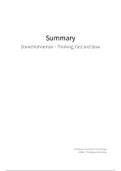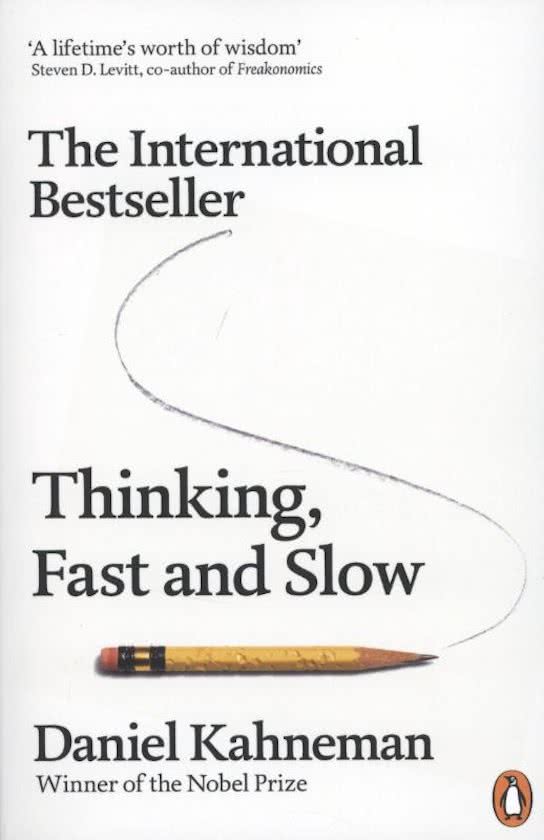Summary
Summary Thinking, Fast and Slow (Kahneman) including appendices
- Module
- Institution
- Book
Summary of Kahneman's Thinking, Fast and Slow, including the two appendices: (1) Judgement under uncertainty: heuristics and biases; and (2) Choices, values and frames
[Show more]




